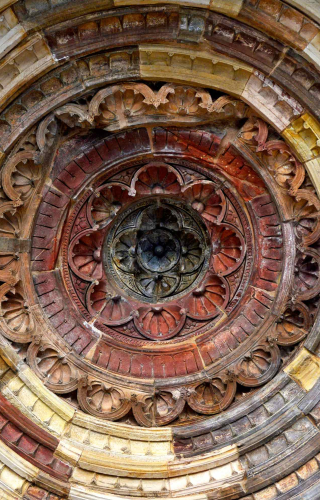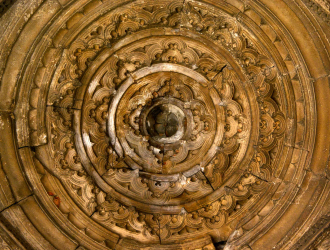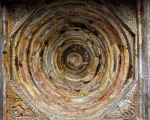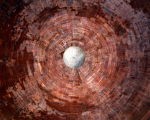The dome is a common element across Indian architecture, especially in religious monuments of Hindus, Jain, Muslims, Sikhs and Christians. 'Domes of Delhi' is a collection of images of domes spanning the history of Delhi. Dome construction started at the end of the 12th century and developed over six centuries under the patronage of the Mamluks or Ilbari Turks, the Khaljis, the Tughlaqs, the Sayyids, the Lodis, the Mughals and the Surs.
St. James' Church, built in the early 19th century, had an Italianate dome. When the construction of the new capital, New Delhi, commenced in 1912, architects Edwin Lutyens and Herbert Baker adopted the dome as a leitmotif for New Delhi's administrative buildings, atop the Rashtrapati Bhawan, North Block, South Block, India Gate and Sansad Bhawan. It was also favoured by many of the princes who built their palaces in New Delhi. Thus, variations of the dome crown secular buildings of the modern Indian democracy.















